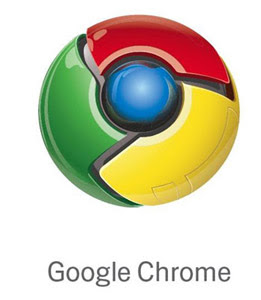
Google has finally released its long-rumoured browser, Chrome. The browser which takes the company's battle with Microsoft to next level promises increased speed, security and usability. The most talked-about tech product since the iPhone, the browser is currently available in beta test version. Here's looking into some of the little known facts about the new browser.
Google Chrome is a 7MB download. The browser is currently available only for XP and Vista. It took three Google teams located in Mountain View, Kirkland and Denmark about two years to build Chrome.
Chrome short for Chromium gets its name after the area at the top of a browser screen which contains the address bar, tabs, settings and navigation buttons -- which Google says is another key area of development.
The URL address bar at the top of the page doubles as the Google search field. Called OmniBox, it integrates the traditional browser address bar with a search box. With OmniBox, searches can be conducted directly from the address bar. The open source browser is now available in beta in more than 42 languages, across 100 countries. These include English, Chinese, German, Japanese, Russian, Spanish and a slew of others.
For Chrome, Google has mixed its new developments like the multi-threaded JavaScript engine V8, with pieces developed by other open source projects, like Apple's WebKit and Mozilla's Firefox. Apple's WebKit is the core rendering engine for Google Chrome. Incidentally, WebKit is also the same rendering engine used in Android, Google's mobile platform, and Apple's iPhone. Developed by Google's engineering team in Aarhus, Denmark, V8 is the new JavaScript engine used in Google Chrome. Written in C++, V8 can run standalone, or can be embedded into any C++ application.
In case you have issues with your new browser, Google has set up a Chrome Help Center, however, there's no support desk to call or send email.
Users who feel bored seeing the same home pages everytime will have option in Google Chrome. If they don't want to go to the same designated home page every time during start up, they can create several as shortcuts that will stay live on their desktop. The user just needs to click on the one he wants to go to, and the browser will open up and take you there.
In Google Chrome, functions such as Print and Save are hidden under a small pull-down window. For users, who don't like using the pull-down window, these functions can be reached with a right-click on the mouse.
Interestingly, one of the missing features in the Google browser is no support for ad blocker. There is also no feature to store and track web-content as snippets. Another miss is the download manager. Chrome is tied to the tab that a user triggers the download under. This means that while the user's download will continue even if the tab is closed, he won't be able to track it on the browser's footer.
